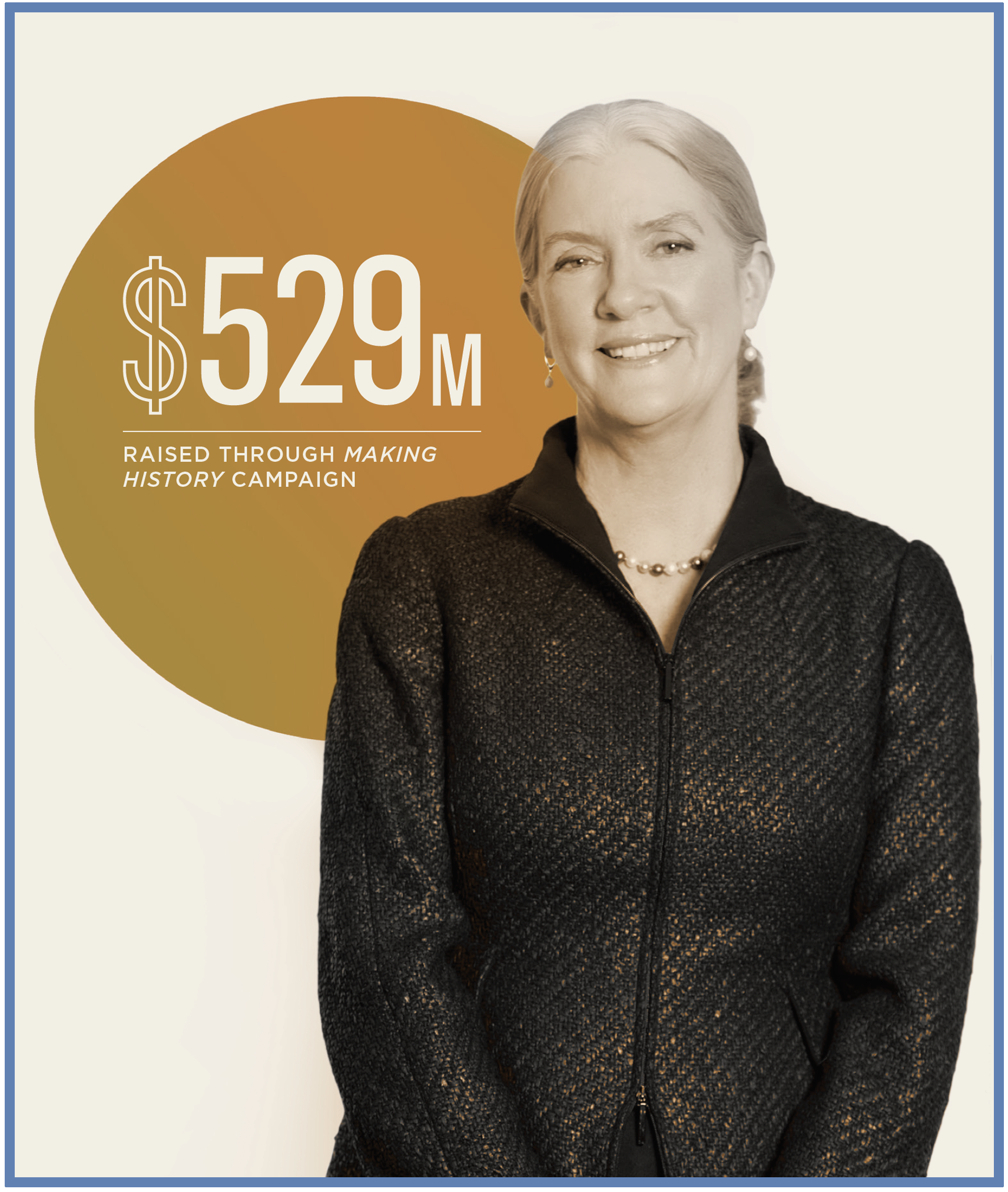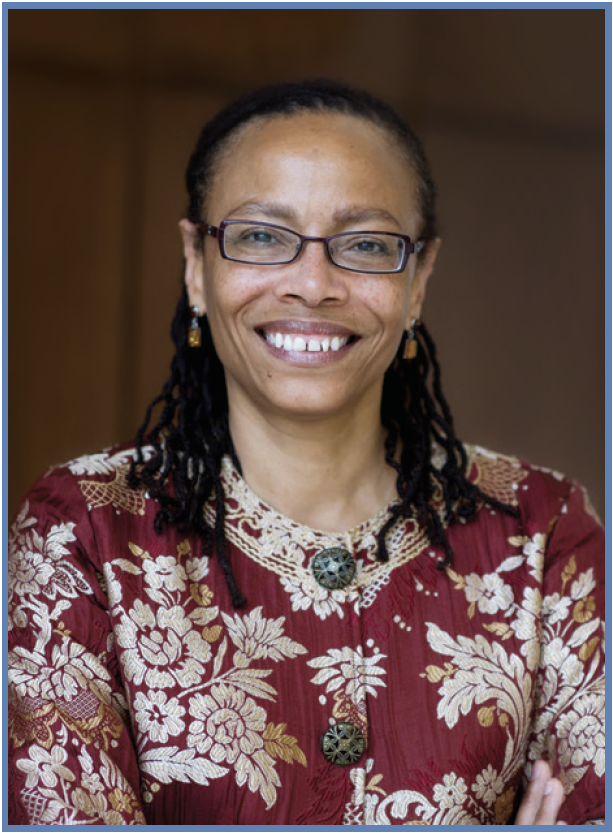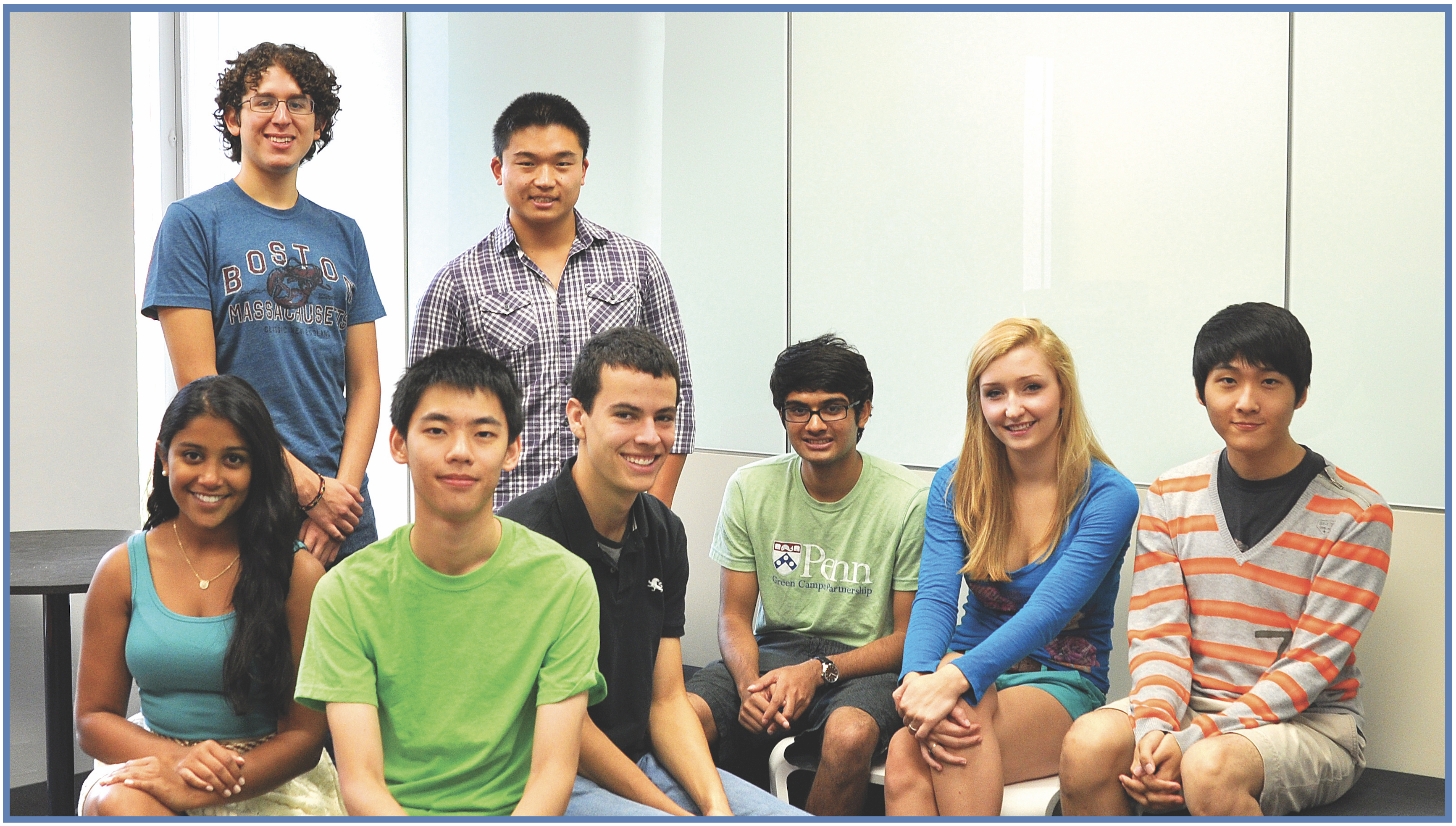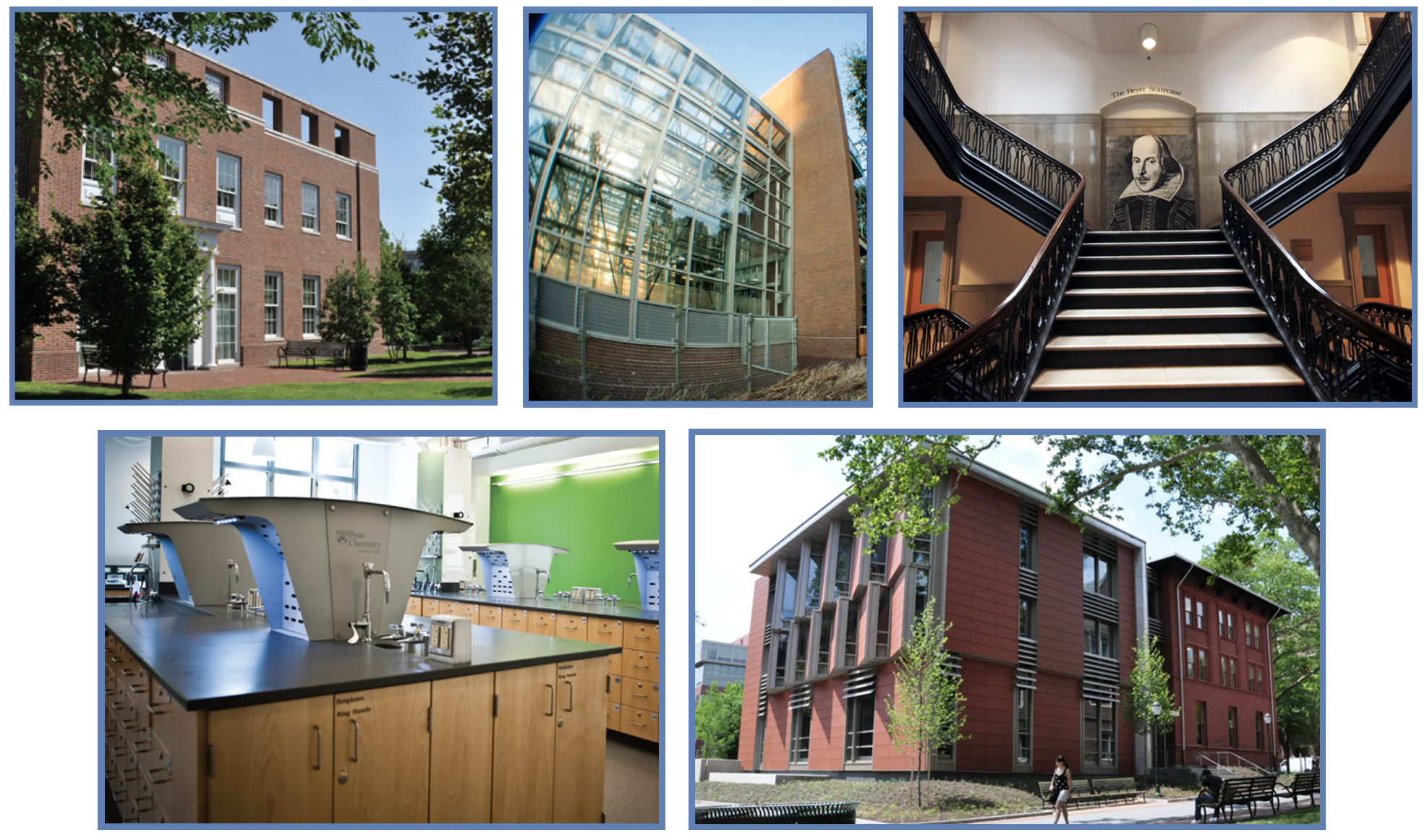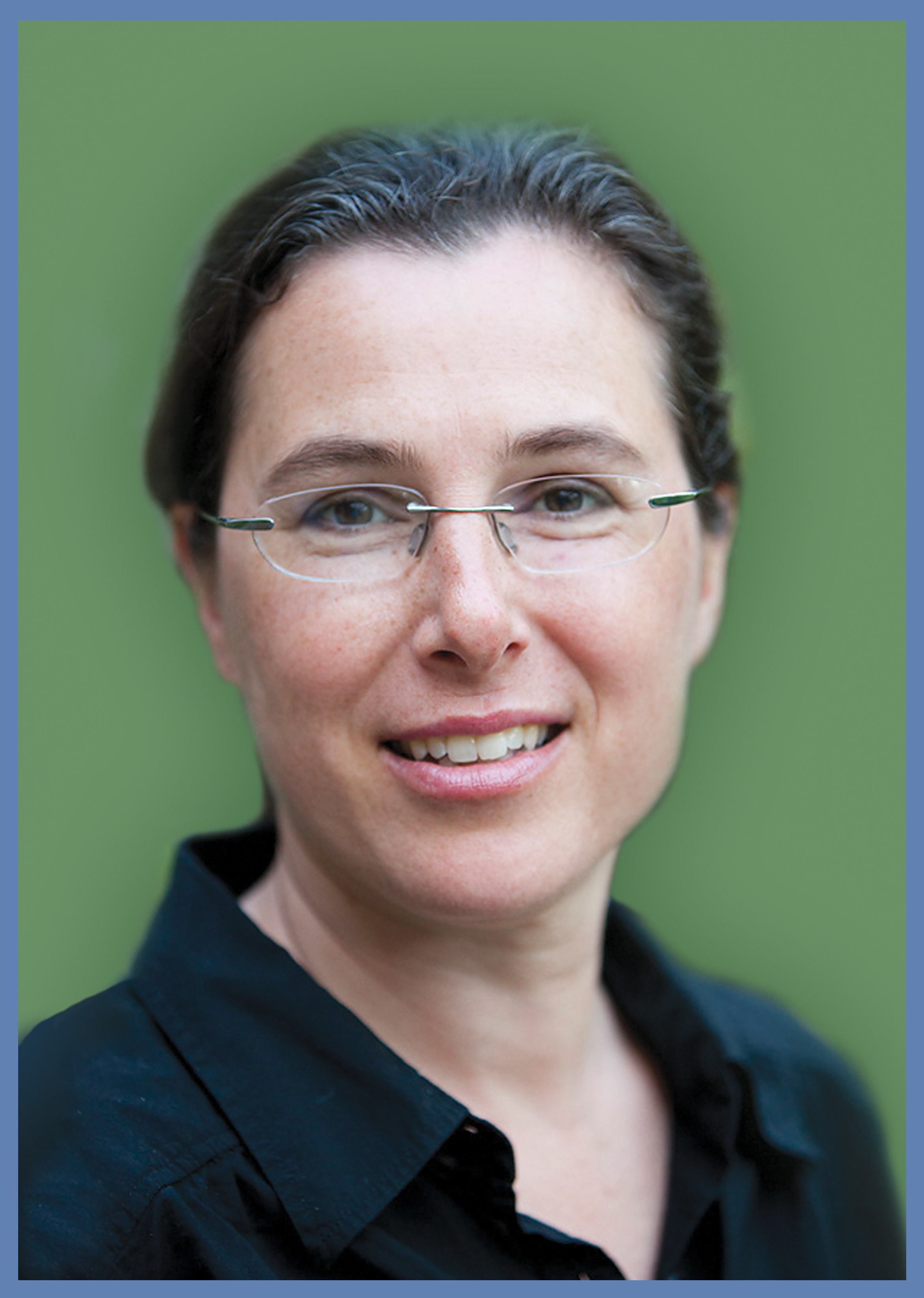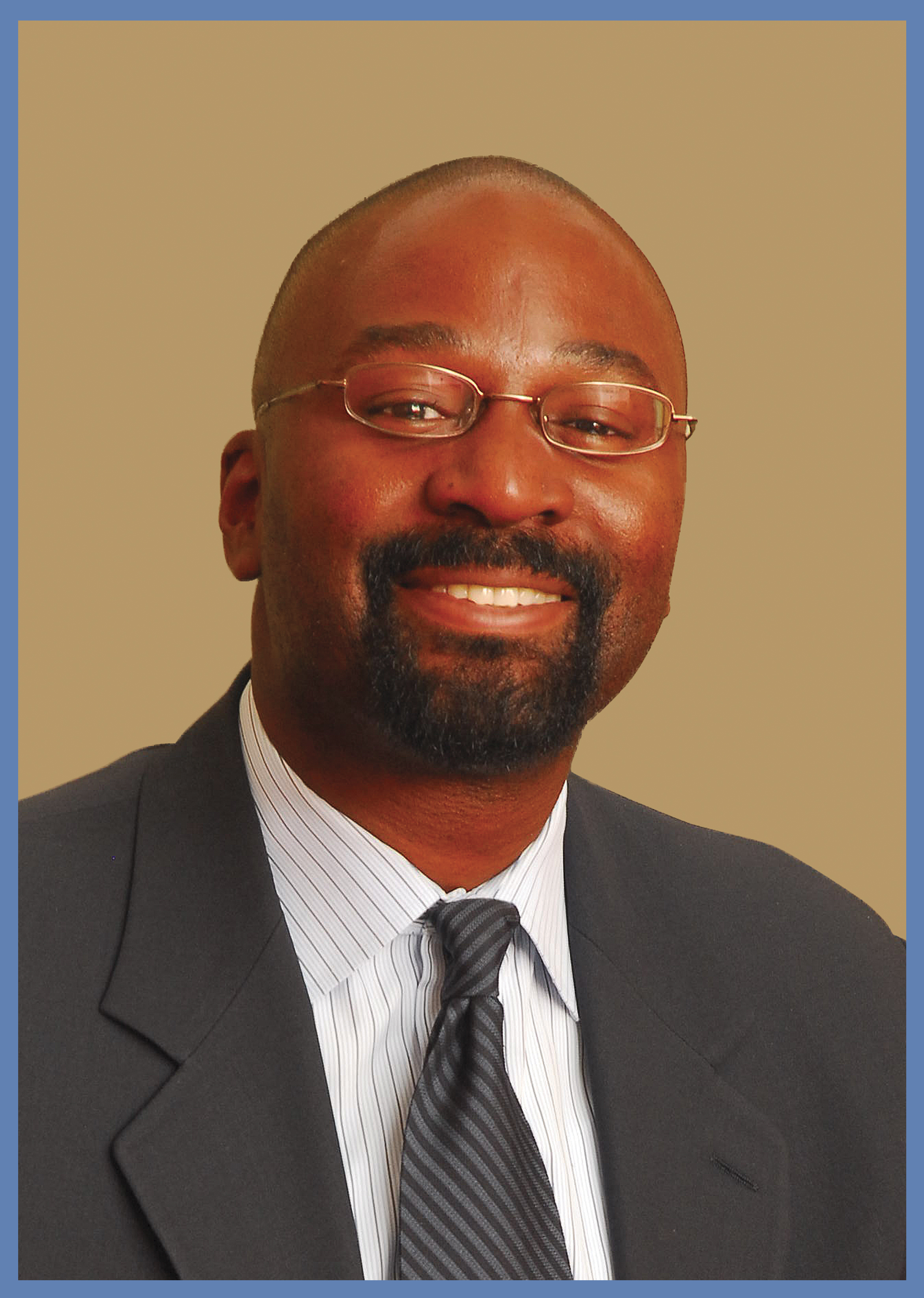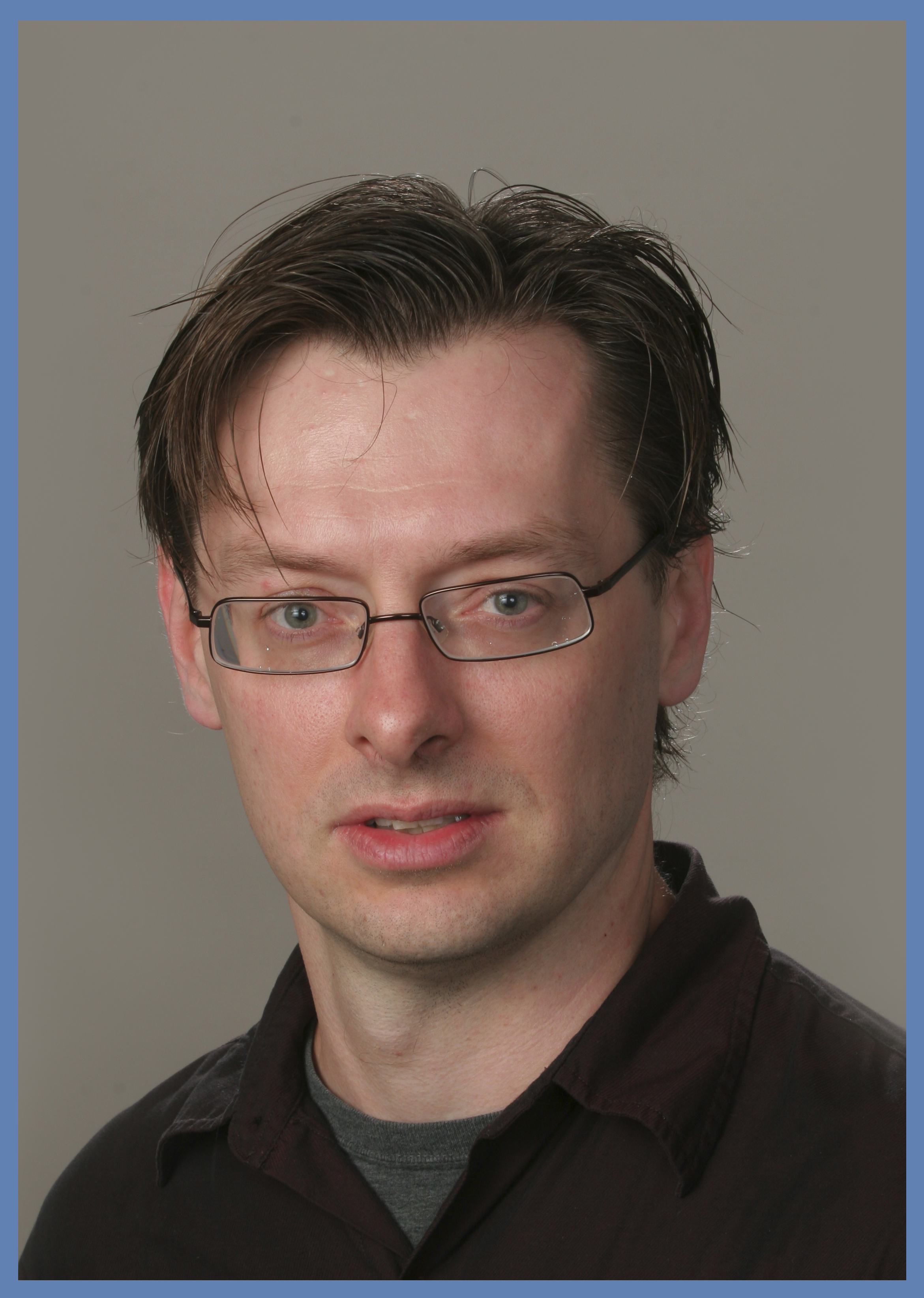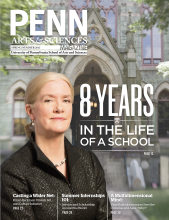8 Years in the Life of a School
A look back on Rebecca Bushnell’s tenure as Dean of the School of Arts and Sciences.

Eight years isn’t a long time in the life of an institution that has been around since 1740, but eras are defined by change. When Rebecca Bushnell, Thomas S. Gates, Jr. Professor and Professor of English, became Dean of the School of Arts and Sciences in 2005, the country’s economy appeared to be strong, federal funding of basic research was on the rise, and no one had heard of MOOCs. Just two years later, the School was operating in an economic environment that has been compared to the Great Depression. New technologies were proliferating and having an impact on every aspect of teaching, learning, and research. Globalization, a more expansive understanding of diversity within the academy, and a more skeptical public eye on what a liberal arts education delivers have also done their part to make the landscape of 2013 very different from the one that Dean Bushnell encountered when she took the job.
Predicting how to achieve the brightest future for a complex organization like SAS is a tricky undertaking under the best of circumstances. As observed by expert statistician Nate Silver, “a lot of things can’t be modeled very well.” Nevertheless, the vision that Dean Bushnell articulated for the School in her 2006 strategic plan has largely been realized. A flexible and nimble approach to unforeseen challenges resulted in an impressive record of accomplishment. Combined with the resources secured by the Making History campaign—a record-breaking $529 million—these accomplishments have positioned the School well for the new round of challenges and opportunities that the next era will surely bring.
Following are some of the major milestones in the life of the School of Arts and Sciences under Dean Bushnell’s leadership.
STRENGTHENING THE FACULTY
STABILIZING FACULTY SIZE
For academic departments in top-tier research universities, bigger equates with better—or at least that’s the calculation that is frequently implied. When fiscal conditions made the numeric growth of the SAS standing faculty an unrealistic goal, the School focused on a new understanding of getting better. Under Dean Bushnell, the size of the SAS faculty stabilized near 480. But from 2006 to 2012, normal turnover created the opportunity to bring in 188 new faculty recruits. A careful, strategic approach to the selection of these new faculty allowed the School to maximize the impact of each appointment: Each was designed to broadly benefit several departments, programs, or centers. This approach has resulted in a faculty that is stronger, without being larger.
BUILDING ON INTERDISCIPLINARY STRENGTH
A related, and intended, consequence of the School’s more strategic approach to recruitment has been strengthening the interdisciplinary character of the SAS faculty. This development is backed up by numbers: In 2005, just one SAS faculty member held a dual appointment in another school at Penn. Today, there are 24 faculty with dual appointments—a group that includes Penn Integrates Knowledge professors as well other faculty who have appointments in more than one of Penn’s schools or more than one department within SAS.
Award-winning teacher and scholar Dorothy Roberts joined Penn in 2012 as the George A. Weiss University Professor. The 14th Penn Integrates Knowledge Professor, Roberts holds a joint appointment in the Department of Sociology and the Law School, where she is also the inaugural Raymond Pace and Sadie Tanner Mosell Alexander Chair. An acclaimed scholar of race, gender, and the law, Roberts writes and speaks about some of the most important and challenging issues facing our society. Her pathbreaking work in law and public policy focuses on urgent contemporary issues in health, social justice, and bioethics, especially as they impact the lives of women, children, and African-Americans.
REDEFINING THE LIBERAL ARTS CURRICULUM
A major overhaul of the general education component of the curriculum, the introduction of several new interdisciplinary programs, and the launch of a comprehensive effort to assess the curriculum—including expected outcomes for graduating students—are some of the key initiatives that the School has undertaken since 2005 to strengthen the undergraduate experience. Among the new curricular options are two cutting-edge science programs: the Vagelos Program in Life Sciences and Management, which combines a life science major in SAS with a Wharton degree, and the Vagelos Integrated Program in Energy Research, or VIPER, which combines study in SAS and Engineering. (And as the names suggest, both of these programs owe a debt to Roy and Diana Vagelos, the School’s largest supporters of the Making History campaign.) The School has also made great strides in increasing funding for students to pursue research and internship experiences.
REVITALIZING THE PHYSICAL CAMPUS
Construction and renovation projects represent one of the most tangible areas of accomplishment over the past eight years. In all, eight major facilities projects were completed, launched, or officially announced—overall, a significant proportion of the 33 buildings that are part of SAS. These initiatives are improving the educational experience for undergraduates across the University and providing state-of-the-art facilities to advance faculty research.
SUPPORTING EDUCATIONAL INNOVATION
The School restructured and renewed its programs for nontraditional students through its division of Professional and Liberal Education (PLE). Because PLE focuses on reaching new audiences of learners—often employing nontraditional technologies—the division has been an incubator for innovation within SAS. The School’s Coursera offerings (Coursera is the largest of the recently launched platforms for massive open online courses, or MOOCs), which are being developed through PLE, are just the most recent example. Experiments like these expand the School’s reach and allow faculty to explore new approaches for their campus-based classroom teaching. Professional master’s programs that capitalize on the School’s academic strengths to serve the needs of working adults have been another important growth area for PLE.
INVESTING IN DOCTORAL EDUCATION
The School invests heavily in doctoral education, and that investment is critical to maintaining Penn’s reputation as a leader in teaching and research. Since 2005, the average financial support package for SAS Ph.D. students has increased dramatically and now includes summer stipends. This increase has helped the School achieve its goal of admitting small cohorts of the strongest students, reflected in a higher overall yield in admissions (from 39% in 2005 to 48% in 2012) as well as a reduction in the average amount of time it takes students to complete their degree. SAS graduate programs are also tracking the success of their students in obtaining tenure-track positions, postdoctoral fellowships, and other relevant placements after graduation. Programs that encourage and support students from underrepresented minorities have been another priority and are part of a long-range strategy to enhance faculty diversity.
In the Strategic Plan, five broad interdisciplinary themes were targeted to encourage the integration of knowledge in areas that would strengthen core SAS departments while capitalizing on existing strengths. These themes have provided a focus for much of the School’s faculty recruitment efforts and helped shape other critical investments such as facilities projects. The following are the themes that were identified in the 2006 plan.
INTERDISCIPLINARY THEMES
In the Strategic Plan, five broad interdisciplinary themes were targeted to encourage the integration of knowledge in areas that would strengthen core SAS departments while capitalizing on existing strengths. These themes have provided a focus for much of the School’s faculty recruitment efforts and helped shape other critical investments such as facilities projects. The following are the themes that were identified in the 2006 plan.
NANOSCIENCE
The study of phenomena on the nanometer scale, nanoscience brings together the strengths of a diverse set of disciplines—including physics, chemistry, and biology, along with engineering and medicine—to promote exciting advances in fields as diverse as energy and biomedicine.
Related Buildings: Singh Center for Nanotechnology (with SEAS)
Related Faculty:
CHRISTOPHER MURRAY
Richard Perry University Professor of Chemistry and Materials Science and Engineering
Christopher Murray blends the perspective of academic chemistry and materials science with technological perspectives, developed through his experience in industry, to advance research and applications in nanomaterials. A PIK professor, he holds appointments in Chemistry and SEAS.
GENES TO BRAINS TO BEHAVIOR
Our growing knowledge about fundamental life processes at the level of genes and molecules is opening up a new understanding of the human mind. Biology and Psychology faculty working with an extensive network of collaborators elsewhere in SAS, as well as in Penn's health science schools and centers, are at the heart of this initiative.
Related Buildings: Neural and Behavioral Sciences
Related Departments, Centers, and Programs: Vagelos Program in Life Sciences and Management
Related Faculty:
JOSHUA PLOTKIN
Associate Professor of Biology;
Associate Professor of Computer and Information Science
Joshua Plotkin uses mathematics and computation to study questions in evolutionary biology and ecology. He also holds an appointment in Computational and Information Sciences (SEAS).
